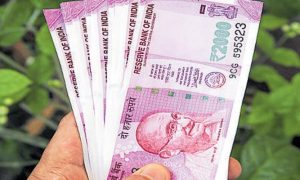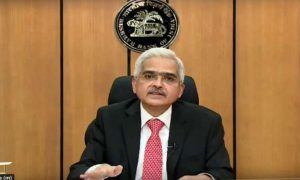The suspense is over now.
In the months following the November 2016 demonetisation, Indians deposited over 99% of banned currency notes in various banks, according to the Reserve Bank of India’s (RBI) annual reportreleased today (Aug. 29).
On Nov. 08, 2016, when prime minister Narendra Modi declared the Rs500 and Rs1,000 invalid from the next day, these two notes accounted for Rs15.44 lakh crore circulating in the Indian economy, or 86% of the total by value. So according to the RBI report, Rs15.31 lakh crore returned to the banking regulator.
This is clearly far higher than the up to Rs10 lakh crore the government expected.
The withdrawal of these notes had sparked an acute shortage of cash in India and had a deleterious effect on economic growth. The bad hangover sustained for months as businesses were hit and over a million people lost their jobs.
Success or failure?
The Modi government had listed curbing unaccounted wealth as the primary intention of the move, along with making India a less cash-based economy.
However, the goal posts kept shifting in the weeks and months since.
Meanwhile, India’s love affair with cash has returned.
Immediately after the note ban, digital transactions saw a spike due to the acute cash shortage. However, soon normalcy returned. “The value of banknotes in circulation increased by 37.7% over the year to Rs18.03 lakh crore as at end-March 2018,” the latest RBI report said.
Experts point out that even though electronic transactions have increased, they haven’t risen at a pace the government expected.
“None of the original objectives have been met. Some of the other objectives laid out fighting terrorism and corruption, even that has clearly not been met,” said Jayati Ghosh, economics professor at New Delhi’s Jawaharlal Nehru University. “Instead, what it did was give a body blow to the informal economic activity and I don’t think that the country has still fully recovered from it.”
For more updates: Like us on Facebook and follow us on Twitter & Instagram




































